- myFICO® Forums
- Bouncing Back from Credit Problems
- Rebuilding Your Credit
- Help understanding utilization, "less than 10% bal...
- Subscribe to RSS Feed
- Mark Topic as New
- Mark Topic as Read
- Float this Topic for Current User
- Bookmark
- Subscribe
- Mute
- Printer Friendly Page
Help understanding utilization, "less than 10% balance," and relationship to score.
Is your credit card giving you the perks you want?
Browse credit cards from a variety of issuers to see if there's a better card for you.
- Mark as New
- Bookmark
- Subscribe
- Mute
- Subscribe to RSS Feed
- Permalink
- Report Inappropriate Content
Help understanding utilization, "less than 10% balance," and relationship to score.
Background:
Recently started my journey of credit building. I have a spotless but incredibly thin credit history.
Was added as a co-applicant (joint account holder) with my GF for a Discover IT account in early 2015 which i have managed obsessively.
This is my only credit account, other than a small bank loan which was paid off last year (every payment on time).
My scores started off in the mid 600s (636-648 FICO scores from each of the three agencies). As of today, scores are 691, 712 and 704 (i subscribe to FICO Identity Ultimate).
I recieved an offer in the mail yesterday, (my first since starting this journey) for a Capital One Quicksilver card.
Since I have not recieved any offers before yesterday, I immediately jumped online and applied.
Got approved!
Since the APR is not great (25%, which was expected, 0% for the first year), my plan is to have my normal monthly utilities/bills on the CC and set up autopay for full balance every billing date.
My questions:
I've gotten the impression from this forum that it is a good for your FICO score (i know this can change every billing cycle) to keep more than 0% and less than 9% on your account for "maximum reporting" value.
Is this to mean that i should keep a balance? I don't want to, as 25% can add up over the course of a year.
At the same time, the main purpose of this card is to build credit (age especially, but perfect payments as well) so i want to do whatever will result in the best FICO snapshots.
Can someone explain how the 9% utilization thing works? Can i pay my balance off with auto pay every cycle without taking the "hit" that comes from zero utilization?
Is there a way to "best utilize" a new card for someone who is looking to maximize their score and build perfect history? Obviously length and payments is the only thing that will matter in the long run, but I'd like to benefit in the short term (especially once the APR kicks in).
Sorry this was so long, but i figured giving a better picture might help with answers. Also i'm a little giddy about finally getting approved for a card (i was declined twice since starting this credit mission).
- Mark as New
- Bookmark
- Subscribe
- Mute
- Subscribe to RSS Feed
- Permalink
- Report Inappropriate Content
Re: Help understanding utilization, "less than 10% balance," and relationship to score.
Most cards report to the CRAs the balance that's on your statement. So right before the statement date, pay off all but 1-9% of your balance and let the card report that amount. Once you get the statement, pay it to zero. You'll be paid up and not leaving a balance past your payment date. Rinse and repeat each month. If you have more than one card, pay the others off completely before the statement cuts so that those cards will report a zero balance.
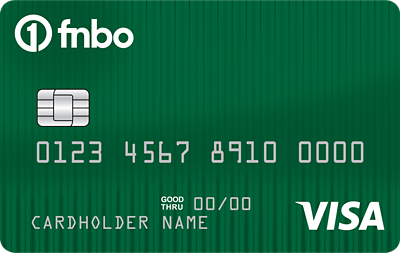
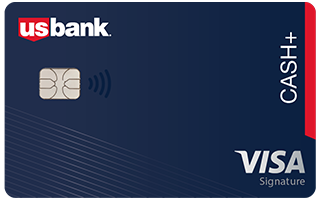
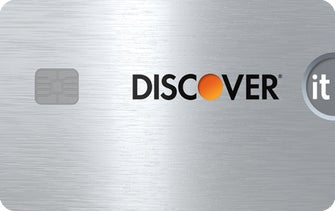

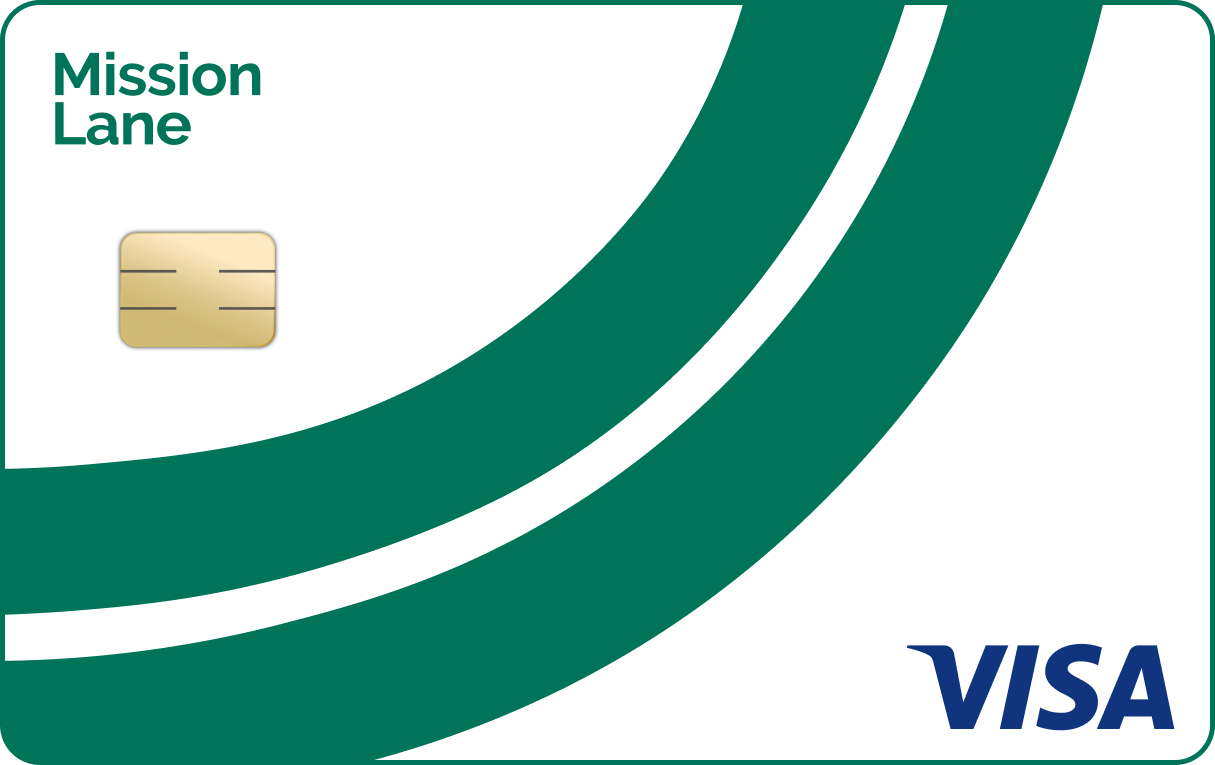

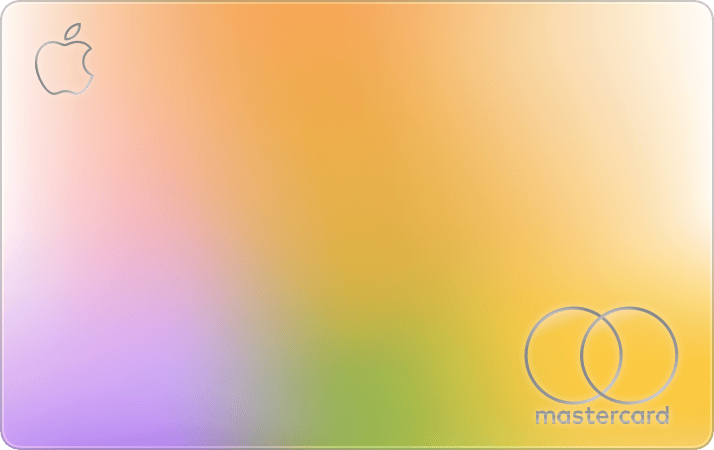





- Mark as New
- Bookmark
- Subscribe
- Mute
- Subscribe to RSS Feed
- Permalink
- Report Inappropriate Content
Help understanding utilization, "less than 10% balance," and relationship to score.
OP, we have merged your thread from the Credit Card forum into your existing thread in the Rebuilding Your Credit forum. Please note that "cross-posting" is not permitted under the TOS of the myFICO Forums
SunriseEarth
Moderator
- Mark as New
- Bookmark
- Subscribe
- Mute
- Subscribe to RSS Feed
- Permalink
- Report Inappropriate Content
Re: Help understanding utilization, "less than 10% balance," and relationship to score.
So pay it twice? That seems a bit complex. It also eliminates the potential for auto pay...
Are you sure that's the way to do it?
What is the relationship between utilization and credit score?
- Mark as New
- Bookmark
- Subscribe
- Mute
- Subscribe to RSS Feed
- Permalink
- Report Inappropriate Content
Re: Help understanding utilization, "less than 10% balance," and relationship to score.
By the way, I asked this on the "rebuilding credit" subforum, i was given this answer. It's a bit confusing, maybe someone can clarify?
Most cards report to the CRAs the balance that's on your statement. So right before the statement date, pay off all but 1-9% of your balance and let the card report that amount. Once you get the statement, pay it to zero. You'll be paid up and not leaving a balance past your payment date. Rinse and repeat each month. If you have more than one card, pay the others off completely before the statement cuts so that those cards will report a zero balance.
- Mark as New
- Bookmark
- Subscribe
- Mute
- Subscribe to RSS Feed
- Permalink
- Report Inappropriate Content
Re: Help understanding utilization, "less than 10% balance," and relationship to score.
Yep. Lots of people on these boards pay several times a month. Relationship between utilization and score: the higher your utilization, the lower your score. The exception to this rule is if your utilization is zero on all cards, then your score will drop.












- Mark as New
- Bookmark
- Subscribe
- Mute
- Subscribe to RSS Feed
- Permalink
- Report Inappropriate Content
Re: Help understanding utilization, "less than 10% balance," and relationship to score.
Remeber too that unless you are applying for credit you don't always have to keep the reported balances strictly to one card and under 10%. This is only to maximize FICO scoring which only comes into play when you apply for new credit (or in some cases go for a CLI)
I will say though that spend a few months learning the dates of when your statements are cut for each credit card and how to manage those cards to "manipulate" what gets reported and how you can do all this yet still not pay any interest. It can be a little tricky at first but once you get the hang of it you'll be in good shape and it becomes easier to manage.
- Mark as New
- Bookmark
- Subscribe
- Mute
- Subscribe to RSS Feed
- Permalink
- Report Inappropriate Content
Re: Help understanding utilization, "less than 10% balance," and relationship to score.
Here's my understanding of it, and I'm sure someone else will chime in
Ok, so you have 2 cards...discover and cap 1
so let's say both discover and cap 1 have $100 limits to keep it simple...$100 for discover and $100 for cap 1
let's also say that each statement is cut on the 15th of each month (bill is ready) but payment is not due until the 30th
ok...so to use the utilization...buy a $5 mcdonald's meal (5%) on discover and let it sit until the 16th...
but a $1 pack of gum on Cap 1....pay that off before the 15th
So on the 15th, Cap 1 shows a 0 balance (but you've used it that month) and Discover shows $5 (5% utilization)...
You pay Discover on the 16th down to 0 so that you aren't over the due date thereby having to pay the extra fee associated with the APR
then just switch it up next month...
Hope that helps!
- Mark as New
- Bookmark
- Subscribe
- Mute
- Subscribe to RSS Feed
- Permalink
- Report Inappropriate Content
Re: Help understanding utilization, "less than 10% balance," and relationship to score.
Agreed. However, my hope is that i can continue reporting optimal balances to continue getting more/better offers. I likely won't be so quick to take the next offer, but as my score grows i would like to be in a position-- score wise-- to constantly see what kinds of cards i'm getting pre-approved for so i can have an idea of what cards to begin looking towards.
- Mark as New
- Bookmark
- Subscribe
- Mute
- Subscribe to RSS Feed
- Permalink
- Report Inappropriate Content
Re: Help understanding utilization, "less than 10% balance," and relationship to score.
When your statement cuts, whatever balance you have at that time is reported to the credit bureaus. For example if you have a $1500 limit on one card and have a balance of $140 then you are just under that 10%. When you get that bill then you can pay in full. Doing it that way you let a balance report but you don't pay interest because you are not actually carrying a balance. Most cards have a 25 day grace period so as long as you pay the charges on the first bill they show up on you won't pay interest. Hope this makes sense to you.